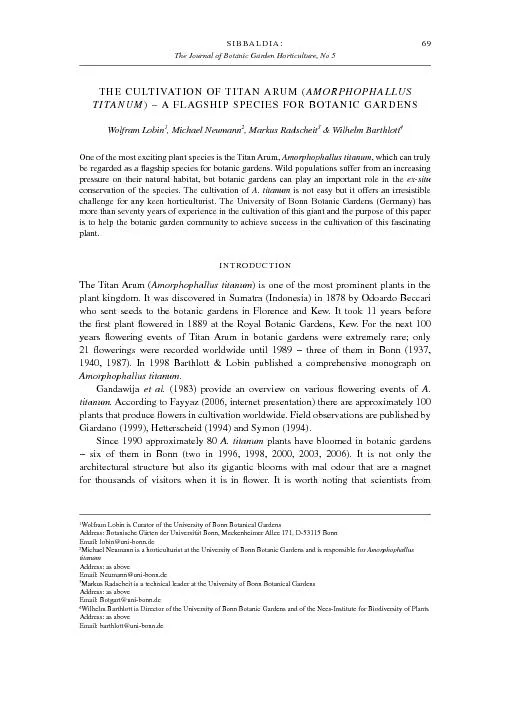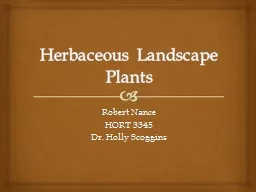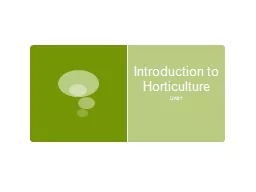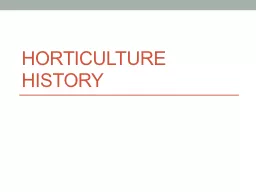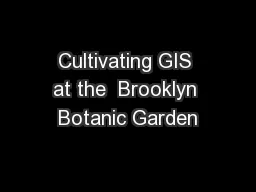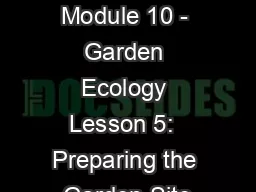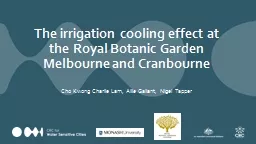PDF-SIBBALDIA:The Journal of Botanic Garden Horticulture, No 5THE CULIVAIO
Author : mitsue-stanley | Published Date : 2016-05-11
Wolfram niversity of 70WOLFRAM LOBIN EA the eld of bionics are becoming increasingly interested in the structure of the niversity of ardens can reect on a long tradition
Presentation Embed Code
Download Presentation
Download Presentation The PPT/PDF document "SIBBALDIA:The Journal of Botanic Garden ..." is the property of its rightful owner. Permission is granted to download and print the materials on this website for personal, non-commercial use only, and to display it on your personal computer provided you do not modify the materials and that you retain all copyright notices contained in the materials. By downloading content from our website, you accept the terms of this agreement.
SIBBALDIA:The Journal of Botanic Garden Horticulture, No 5THE CULIVAIO: Transcript
Download Rules Of Document
"SIBBALDIA:The Journal of Botanic Garden Horticulture, No 5THE CULIVAIO"The content belongs to its owner. You may download and print it for personal use, without modification, and keep all copyright notices. By downloading, you agree to these terms.
Related Documents

